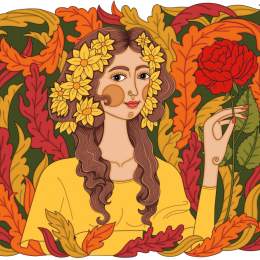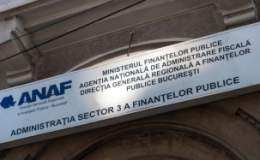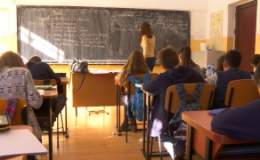Day one
“The editor-in-chief of that period had the idea that people making layouts could be editors themselves, editors who learned how to use a computer. I was offered this job and I worked like this for two years. I learned how to make interviews, political analyses, special coverage, and at the same time I learned how to use these computers and I had some ideas on how to improve the layouts of the newspapers. The bosses noticed I was also interested in the content, effects; I also had personal ideas on how to present them”, said Stephane Carpentier (photo).
After two years, he was offered to work in a small department, called development. That is where he started to design and redesign the layouts of newspapers and magazines and to improve the existent concept.
“It was a two-month experience in layout. I was given the task to handle a page in the newspaper I was working at that time. The editor in chief was really impressed and told me ‘Go ahead!’, ‘Do it the way you think it is the best. Don’t try to copy what has been done before, just make it your own ID’. And so I did, and the next day at the briefing, he said ‘look at this, this is revolution. This has been done by a layouter with only two-month experience’. And that was a fantastic support”, Carpentier said.
The person who influenced him the most in his professional career was a colleague at Edipresse’s development department.
“I worked with a layouter, who was specialized in architecture. In this department at Edipresse I was very close to him. And he had this fantastic structure. When we started the project, he was building it like a house as an architect. What influenced me the most was this very precise, contextual way of thinking. I think that being an architect is one of the best trainings to become a layouter”.
The funniest professional experience
Since his arrival in Romania, Carpentier participated in the redesign of newspapers such as Evenimentul Zilei, TV Mania, Unica and Libertatea.
The ‘funniest’ experience was at Libertatea. “The only disappointment that comes to my mind, which is probably not the biggest one but it is surely the funniest, is the one in which we had to launch Libertatea. I felt something strange and I said it to Thomas Landolt (CEO of Ringier Romania) as well. I told him that the staff was not very interested in the event, not even the editor in chief. They should be nervous, delighted, anxious, but they showed no emotion whatsoever. They should be nervous, but they are not. And the next day, the day of the launch, the whole staff resigned. And then, I found myself sitting… I had a relaunch, but no more staff”, says Carpentier.
In 2006, the whole editorial staff headed by Adrian Halpert left Libertatea for Adevarul.
“I had a totally different idea, Carpentier commented. I wanted to be a friendly, helpful newspaper for the readers. But personally, I don’t believe in this type of newspapers. Maybe they are successful for a time. What I tried to do at Libertatea was to make it more understanding, easier to read, with some important topics. But I had very little support from the staff; they didn’t really understand or accept this concept. And when the new editor in chief started to run this newspaper, they did not respect this concept at all and everything headed to another direction”, said Stephane Carpentier.
A project that illustrates what he tried to achieve with Libertatea is Blick am Abend. For this format, Carpentier worked four months.
“It is a free newspaper, published at 4 o’clock in the afternoon, in the German part of Switzerland. With this newspaper I succeeded exactly what I failed to do at Libertatea. The concept is friendly, really helpful for the readers, interesting I hope, and the last page contains good news. No sex, no crimes. So, the result was fantastic, from 240,000 when we redesigned it, in the next year we gained 66,000 more. So it was a sign that this concept works very well, at least in Switzerland”, says Carpentier.
After 11 years with Ringier, Stephane Carpentier returns to Edipresse Switzerland.
“11 years at Ringier, but first I worked 19 in Edipresse. I only know these two media groups. So, I can only tell you the difference. In Edipress I had the feeling of discipline, structure, things were planned in advance. It was good, but at the same time it took more time to achieve. At Ringier, it was a bit more rock&roll, but it had its both positive and negative aspects. It can be stressful sometimes, but you can move faster and be more creative”.
ôA great layout cannot support a poor contentö
“If they accept to stay on the sideline, and just take some photos and text and compile it in the last minute, they are not doing their job. I think they must impose themselves from the beginning of the process”, said Stephane Carpentier.
An art director is the first reader of a newspaper. They should read all the headlines and text and make sure they are easy to understand and they match with the images.
“I think an art director should be in the same position as the editor-in-chief. The art director should help readers understand the most and least important events, to make readers feel more intelligent after reading the newspaper. In return, readers should relax, feel pleasure while reading it. He must help readers have emotions”, says Carpentier.
Many people here wear the title of art directors but they are just layouters, he continued. “You have to give instructions to photographers in advance. The layout is just the easy part of a complex editorial process”.
The content is the core element responsible by the popularity of a newspaper.
“It is all about the stories, angle, and in the third place, the layout, the quality of images, visual content, infographics. I don’t think a great layout can support a poor content. Unless there are fantastic photos”.
As for Romanian newspapers, Business Standard, Gazeta Sporturilor are titles with good graphic. Internationally, great newspapers in terms of layout are in countries such as Spain, UK, South America and Russia.



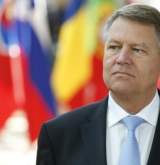





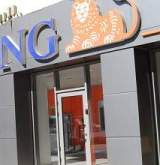








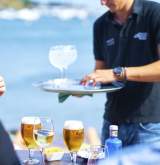























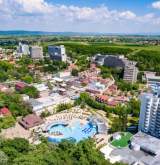












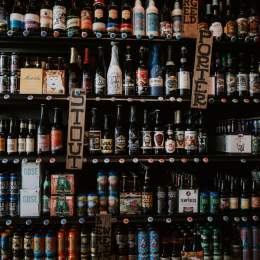
![HR [PLAY] Tech Workout - 11...](https://www.wall-street.ro/image_thumbs/thumbs/973/x973fe0a3888d417feff63de42e814180-260x260-00-65.jpg,qv=1713941461.pagespeed.ic.8JsqLrmwPf.jpg)
